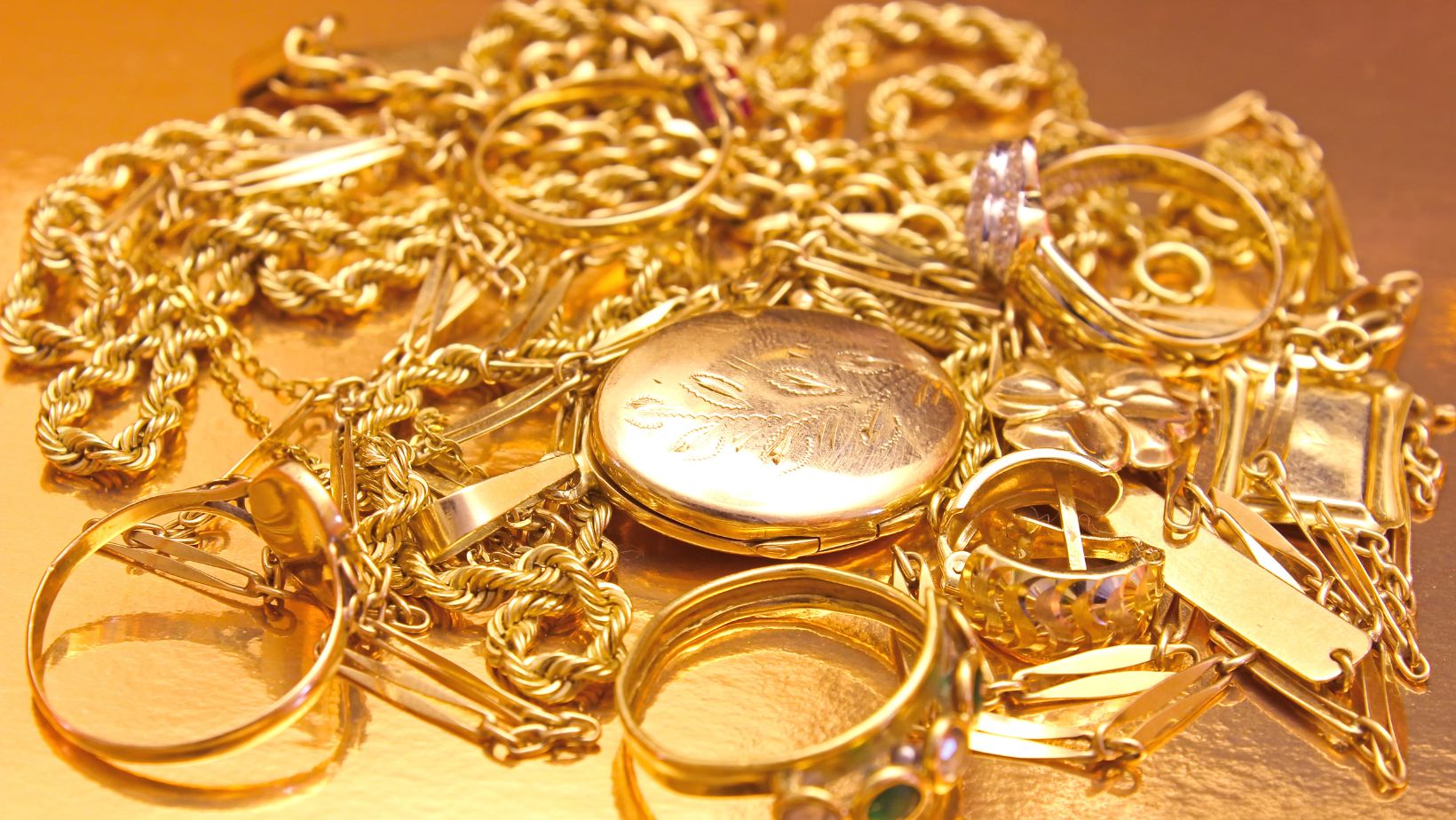
The cost of living is becoming painfully more expensive across categories like food, housing, transportation, utilities, and healthcare. Runaway inflation paired with uncertain economic conditions have created financial struggles for consumers and eroded purchasing power. Fortunately, gold often retains and even grows value during difficult times unlike cash or typical investments.
Understanding the Cost of Living
The basic cost of goods, services, and living expenses determines overall affordability and financial health. Lately budget-busting inflation has caused the prices of nearly everything to balloon making it much pricier to simply get by. Complex interwoven economic factors impact the cost of living including:
- Inflation: Rising consumer prices decrease what your money can actually buy. Central banks try controlling inflation by raising interest rates – making borrowing more expensive for consumers too.
- Economic Conditions: Downturns, recessions, and falling wages reduce families’ ability to absorb climbing living expenses tightening budgets further.
- Geographic Location: Costs range dramatically for real estate, transportation, utilities, and goods based on whether one resides in urban, suburban, or rural parts of countries and states.
Gold as a Hedge Against Inflation
Investors have long incorporated gold within portfolios because it reliably retains value contrasting how political events, market volatility, and inflation eat away at currency stability and stock-based assets. Key reasons the precious metal acts as an effective inflation hedge include:
- Limited Supply: The finite gold supply paired with increasing tricky extraction limits production, contrasting fiat money printed liberally eroding value. This built-in scarcity preserves its worth.
- Intrinsic Value: Gold’s unique physical properties, desirability, and history as a trusted store of value create underlying intrinsic worth retained for millennia separate from any government.
- Safe Haven Asset: During economic instability or geopolitical crises, many investors shift assets into gold dampening downturn impacts because it has a lower correlation to unpredictable markets.
Research by Cash 4 Gold Now reinforces the idea that gold is a valuable asset during economic downturns, especially when the cost of living is rising. Their research demonstrates how gold prices have historically outperformed inflation, offering a potential buffer against the erosion of purchasing power.
How Gold Can Help Combat the Rising Cost of Living
Strategically acquiring and incorporating gold provides solid benefits shielding personal finances from escalating daily life expenses in the following ways:
- Preserving Wealth: Gold endures as “real money” maintaining intrinsic value contrasting how inflation bites into dollar-denominated account balances and erodes future spending abilities over time. Even small allocations to physical gold coins and bars or securities backed by bullion counteract the loss of money’s purchasing power. This preserves savings value enabling greater financial security and optionality.
- Diversifying Your Portfolio: Adding non-correlated hard assets like gold reduces overall investment volatility especially valuable amidst market uncertainty protecting net worth. Gold has a negative correlation to equities and bonds, meaning it often rises while other assets decline providing balance. Just a 5-10% gold allocation smoothes out risk-protecting wealth.
- Potential for Profit: Gold often appreciates faster than inflation rates do – meaning it grows in value enabling owners to sell at higher future valuations to offset rising costs. Looking back over 50 years, gold prices increased over 4500% vastly outpacing dollar erosion. Utilizing some gains to maintain living standards delivers peace of mind.
- Passive Income Stream: Joining precious metal savings programs that pay monthly dividends derived from vaulted, insured gold provides cash flow keeping pace with expenses. Accounts offering yield eliminate inflation’s erosion on bank deposits. Gold becomes a productive asset.
- Gifting Legacy: Transferring small gold coins or jewelry enables passing tangible enduring value onto future generations versus depreciating paper money. Gold makes treasured gifts marking milestones, holidays, and ceremonies preserved literally for lifetimes.
Different Ways to Invest in Gold
From physical coins and bars to securities representing fractional ownership, individuals have options to choose ideal gold exposures:
- Physical Gold: Owning actual gold coins or precious jewelry avoids counterparty risks ensuring direct control over assets. Products offer flexibility to liquidate pieces to capture valuation gains quickly during inflationary periods. Storage and insurance costs do apply needing consideration.
- Gold ETFs (Exchange-Traded Funds): These popular securities trade representing indirect fractional ownership in vaulted gold bullion priced in real-time based on precious metals market values. Providing efficient low-cost exposure to gold prices, risks stem from a lack of direct claim to physical assets held by fund companies.
- Gold Mining Stocks: Shares in gold exploration and mining companies present the potential to profit from new resource discoveries and rising commodity prices. However volatile equity markets introduce portfolio risk absent owning real gold itself.
- Gold Futures and Options: Sophisticated traders speculate on gold prices through these derivative contracts without taking possession of physical precious metals. While potentially lucrative, complexity and risks run high requiring a thorough understanding of vehicles’ unique nuances.
Gold and the Future
Looking ahead, sustained macroeconomic pressures indicate gold maintains strong prospects for appreciation and demand from investors seeking security against rising inflation reducing living standard affordability:
- Continued Inflationary Pressures: Geopolitics, restrictive monetary policies, slowed production, and paper currency devaluation combined to drive ongoing inflation reduce the buying power of money and consumer prices higher over the long term.
- Geopolitical Tensions: Increased turmoil between major countries like Russia, China, and the West disrupts supply chains and globalization – introducing more uncertainty and benefiting gold’s safe haven status.
- Growing Demand from Emerging Markets: Expanding middle classes and gold cultural affinity in China, India, and across Southeast Asia will further support gold investment needs for generations.
- Weakening Dollar Trend: Massive pandemic stimulus combined with ballooning national debt risk the dollar’s reserve currency status long term – boosting alternate stores of value like gold accordingly.
- Central Bank Buying: Institutions continue building gold reserves to diversify away from dollars providing foundations for growth.
Conclusion
With living costs exponentially rising unabated, it becomes prudent for individuals to explore adding gold for stability, financial protection, and growth. This guide presented compelling reasons why precious metals help hedge inflationary effects plus smarter ways to acquire gold benefiting long-term security. As economic clouds loom ahead, holding enduring value in reliable assets like gold brings hope everyday folks can still preserve and control their own financial destinies even in the toughest conditions.












